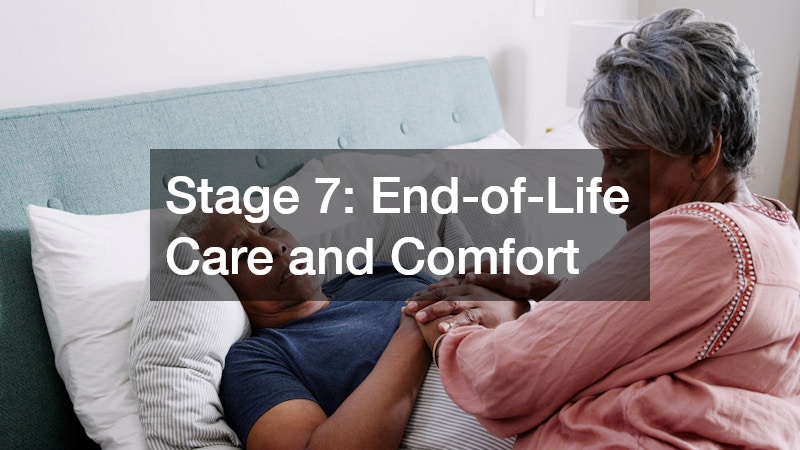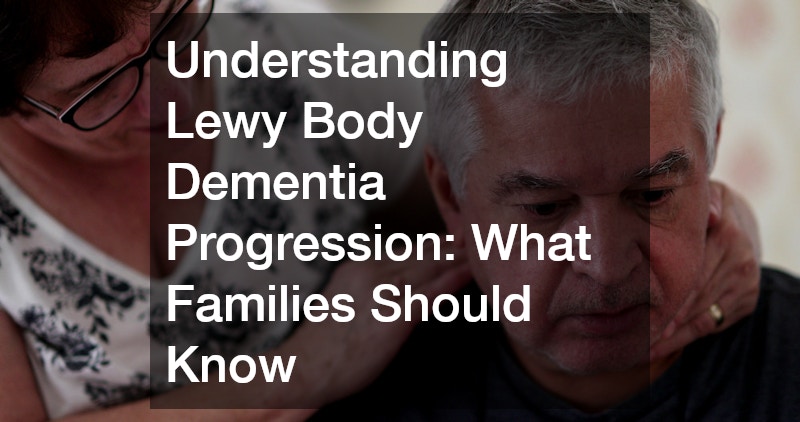Lewy body dementia (LBD) is a complex and progressive brain disorder that impacts memory, movement, and behavior. For families, the diagnosis can be overwhelming, but knowing what to expect in each stage of the condition can provide much-needed clarity and emotional preparedness. While every individual’s journey is unique, researchers and clinicians have identified seven general stages that often mark Lewy body dementia progression.
This guide outlines the key symptoms and care considerations at each stage, giving families the tools to support their loved ones with compassion and confidence.
What is Lewy Body Dementia and How Does It Progress?
Before exploring the specific stages, it’s important to understand what sets LBD apart from other dementias. Caused by abnormal protein deposits (Lewy bodies) in the brain, LBD is the second most common form of progressive dementia after Alzheimer’s disease. It can cause fluctuating cognition, vivid hallucinations, movement issues, and sensitivity to medications.
Lewy body dementia progression can be unpredictable, but it typically follows a recognizable path, from subtle changes to advanced decline. The stages described below serve as a general framework, not a fixed timeline.
Stage 1: Early Signs That Are Easy to Miss

In the first stage, symptoms are often mild and can easily be mistaken for normal aging or stress.
Key features:
- Slight forgetfulness or trouble focusing
- Mild mood changes (irritability or anxiety)
- Occasional confusion, especially in new environments
What families can do:
- Start a health journal to document any changes
- Encourage medical evaluation for an early diagnosis
- Monitor sleep, as disturbances are common early signs
Stage 2: Noticeable Cognitive Fluctuations
At this point, cognitive impairment becomes more evident, and day-to-day activities may be affected.
Symptoms may include:
- Fluctuating attention or alertness
- Difficulty with problem-solving or planning
- Early signs of visual hallucinations
Care tips:
- Establish a structured routine
- Minimize distractions during conversations
- Consider involving a neurologist or memory care specialist
Stage 3: The Onset of Movement Issues and Hallucinations
By the third stage, both physical and psychiatric symptoms become more pronounced.
Common developments:
- Muscle stiffness or tremors
- Shuffling walk and slower movements
- Frequent hallucinations or delusions
Support strategies:
- Remove trip hazards and improve home safety
- Offer reassurance during hallucinations
- Discuss medication options carefully with doctors, as LBD patients are often sensitive to antipsychotics
Stage 4: Increased Dependency and Emotional Changes
This is a turning point when the individual starts to require more hands-on care.
Notable symptoms:
- Difficulty managing daily tasks (e.g., dressing, cooking)
- Increased emotional sensitivity or depression
- Episodes of confusion and disorientation
Family actions:
- Explore support groups or home care services
- Help with meals and hygiene while preserving dignity
- Prepare legally for future care decisions (e.g., power of attorney)
Stage 5: Significant Decline in Cognitive and Physical Abilities
In this stage, the need for assistance becomes more constant.
Key changes:
- Severe memory issues
- Problems recognizing loved ones
- Limited mobility or frequent falls
Recommended care:
- Supervised mobility or use of walking aids
- Cognitive stimulation through music or photos
- Begin conversations about long-term care placement if needed
Stage 6: Near-Complete Dependence
At this point, communication and physical independence are greatly reduced.
Common symptoms:
- Minimal verbal communication
- Inability to dress, eat, or use the toilet independently
- Increased sleep or withdrawal from activities
Caregiver focus:
- Full-time caregiving or nursing support is often essential
- Maintain comfort through gentle touch, soothing music, or sensory stimulation
- Monitor for swallowing issues and ensure proper nutrition
Stage 7: End-of-Life Care and Comfort

The final stage is characterized by a complete loss of physical and cognitive function. It’s a difficult time, but families can still provide comfort and presence.
End-stage features:
- Bedridden and non-verbal
- Difficulty swallowing or breathing irregularities
- Limited response to surroundings
End-of-life care:
- Consider hospice or palliative care services
- Ensure comfort with regular repositioning and symptom management
- Support your own emotional well-being with counseling or grief support
How Long Does Each Stage of Lewy Body Dementia Last?
Each stage varies in duration depending on the person. On average, Lewy body dementia progression spans 5 to 8 years from diagnosis, though some individuals may live longer. It’s important to remember that symptoms don’t always move in a linear fashion, and fluctuations are normal.
Final Thoughts: Supporting Your Loved One Through the Journey
Understanding the 7 stages of Lewy body dementia equips families to better anticipate changes, make informed decisions, and provide compassionate care. While the journey is never easy, knowledge, planning, and emotional support can help ease the burden and improve the quality of life for both the patient and the caregiver.


